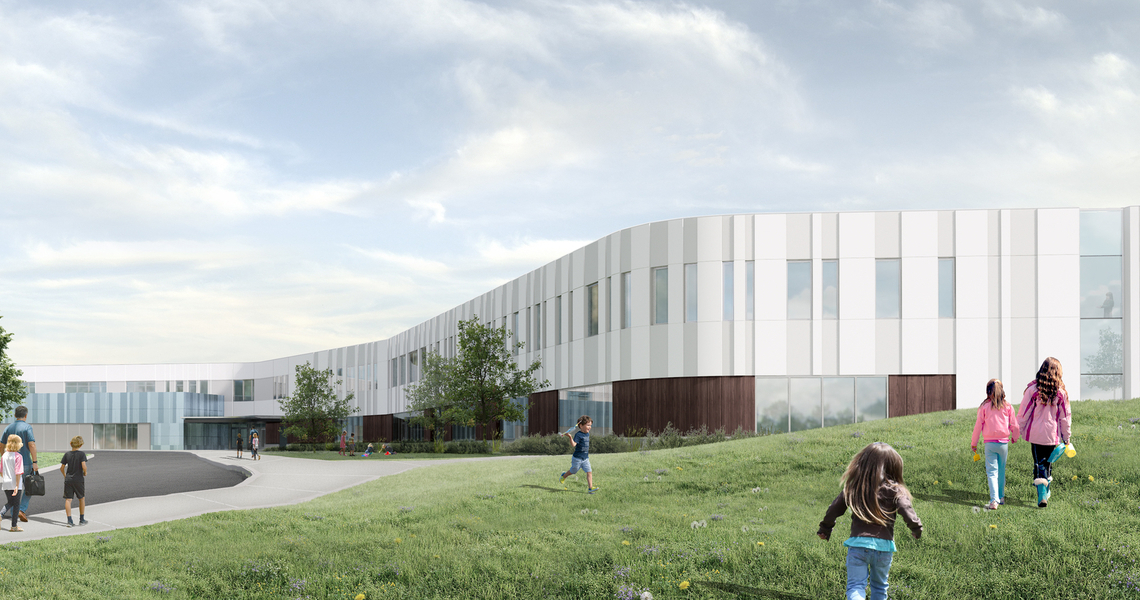The issue celebrates design intersections that unite ideas from seemingly disparate fields to create better spaces. The Seneca Valley project specifically explores what happens if we design school environments like children’s museums. How can we create learning spaces to be more compelling, engaging and successful for students?

“Generally speaking, children are more enthusiastic about heading to a children’s museum than school even though learning occurs in both places,” says Troy Hoggard, design principal for the project, in the Contract article. “The Seneca Valley project explores physical and emotional reasons behind this reality and as a result seeks to create learning communities that ignite more joy and engagement in the school experience.”
When it opens in Fall 2022, the Seneca Valley school will introduce students, staff and families to exciting new ideas around how corridors and walls are used for learning, the building and surrounding natural environment can be teaching tools, adaptability for constant curation of physical learning spaces, and how schools can do more to take students on learning journeys. All of these new measures are introduced at no added project costs – proving other schools can incorporate similar creative environments without budget challenges.

“The goal is for Seneca Valley’s K-6 school to bring more effective, joy-filled, and self-curated learning experiences to the students it serves,” adds Mike Corb, our Houston education practice leader and educational planner for the project. “We also believe it can stand as a model for other PK-12 schools across the country and encourage them to partner with children’s museums to explore new design concepts.”

